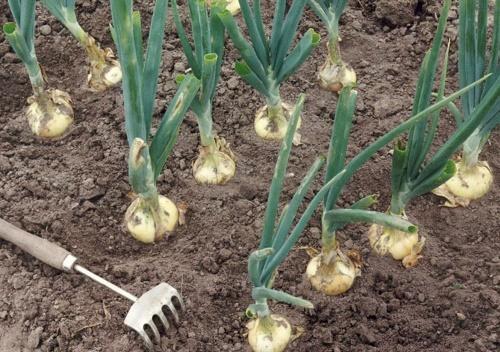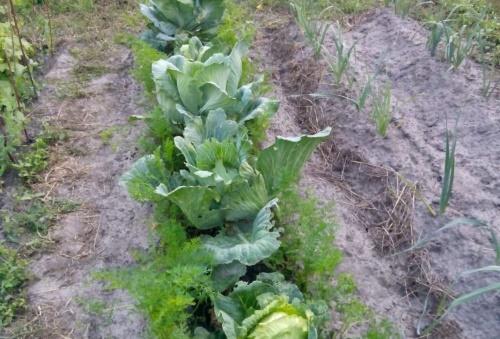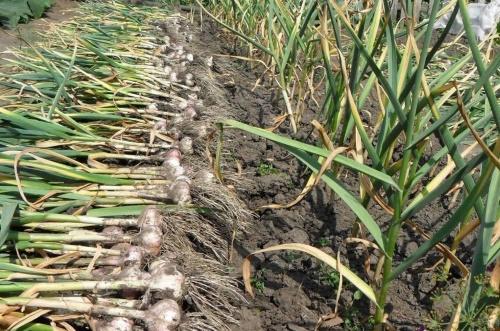Predecessors and neighbors of onions when planting
 It is difficult to imagine a vegetable garden without slender beds of onions, because this is the most demanded vegetable in the kitchen. Planting a good variety is not enough to get a good harvest that will last until next season. It is also necessary to consider what are the predecessors of the onion when planting. The savory vegetable loves organic-rich soils. For this reason, onions grow best and bear fruit where they used to grow crops that were fed with humus and other organic fertilizers. What vegetables are good predecessors, and after which it is not desirable to grow onions? We will talk about this today, and also find out what crops the onion can coexist with.
It is difficult to imagine a vegetable garden without slender beds of onions, because this is the most demanded vegetable in the kitchen. Planting a good variety is not enough to get a good harvest that will last until next season. It is also necessary to consider what are the predecessors of the onion when planting. The savory vegetable loves organic-rich soils. For this reason, onions grow best and bear fruit where they used to grow crops that were fed with humus and other organic fertilizers. What vegetables are good predecessors, and after which it is not desirable to grow onions? We will talk about this today, and also find out what crops the onion can coexist with.
Precursors of onions when planting

A good harvest of large heads can be obtained by planting onions after:
- a tomato;
- potatoes;
- cabbage (kohlrabi and white cabbage);
- eggplant;
- squash and pumpkin;
- celery;
- spinach and salad.
It is impossible to grow onions in one place for more than 3 years - this will significantly reduce the yield.
After which crops can not be planted onions
 To take a good harvest of not only feathers, but also root crops, you should not plant onions after:
To take a good harvest of not only feathers, but also root crops, you should not plant onions after:
- any kind of onion;
- garlic;
- cucumbers;
- broccoli cabbage;
- legumes;
- radish and radish;
- parsley and parsnip.
These vegetables themselves love organic matter. During the season, they pick it out of the soil, so the onions will get very little nutrients for the next year.
Good and bad neighbors of onions
 Besides following the rules crop rotation, onion yield is also influenced by nearby plants. So, onions grow well if you arrange the beds next to such crops:
Besides following the rules crop rotation, onion yield is also influenced by nearby plants. So, onions grow well if you arrange the beds next to such crops:
- beet;
- potatoes;
- carrot;
- spinach.
But it is better not to plant onions next to cabbage, legumes and sage, regardless of its variety.